Bluebell Growing Guide
Bluebells are attractive, low maintenance flowers that will come back year after year, creating a beautiful carpet of blue flowers in your yard.
In this article, you’ll learn everything you need to know about growing and caring for bluebells, so you can enjoy their beauty in your garden for many years to come.
This post about growing bluebells contains affiliate links. Please read the disclosure for more info.
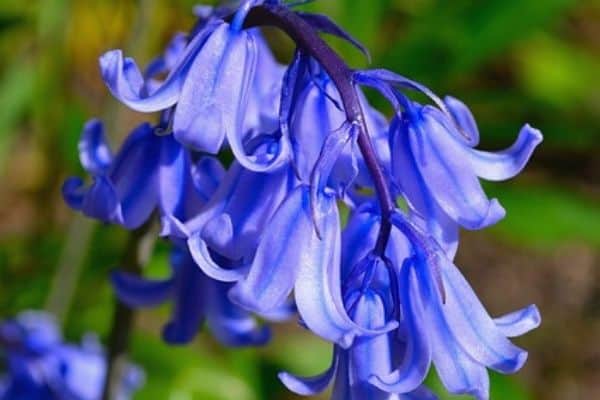
Types of Bluebell flowers
If you’re interested in growing bluebells, it’s important to be aware that there are different types of bluebells available.
English bluebells have drooping flower heads with a beautiful sweet scent.
They’re most commonly blue in color but there are also white and pink varieties available.
Their fragrance and nectar will attract lots of beneficial insects like bees and butterflies to your garden.
Spanish bluebells are taller than English bluebells and better suited to warmer climates.
They’re more vigorous and have an upright stem and flower head.
Unfortunately Spanish bluebells don’t have any scent. [1]
Location
Bluebells naturally grow in woodland areas so it’s best to give them similar conditions in your garden.
Plant them in a spot that is partially shaded, like underneath a deciduous tree or shrub.
Over time they’ll spread out to create a beautiful blue carpet effect.
Bluebells are also great for borders, flower beds, wildflower gardens and cottage gardens.
You can even plant bluebells in containers.

Soil
Bluebells can tolerate most soil types, but they prefer well-drained soil that is rich in organic matter.
Dig some well broken down manure or compost into the soil before planting.
Planting Bluebell bulbs
Green bluebell bulbs are best planted in spring.
Place them at least 4 inches (10 cm) deep. They can be planted in clumps or for a natural look, scatter the bulbs and plant them where they land.
Green bulbs can take a few years to become established after planting.
They usually produce only leaves in the first year because they’re focusing their energy on the root system.
Dry bluebell bulbs can be planted in the fall.
Planting Bluebells in containers
Bluebells look stunning when planted in containers.
Be sure to use good quality potting mix and choose a pot with good drainage holes.
After flowering you can remove the bulbs and plant them somewhere in your garden where they’ll pop up again next year.
Growing Bluebells from seed
Bluebells can also be grown from seed but you’ll have to be very patient because it can take a few years to get the first flowers.
Plant the bluebell seeds in late fall or early winter, directly in the garden or in pots.
The seeds will germinate over the cool winter months and the seedlings will appear in spring.
Dividing Bluebells
Bluebells spread easily and they can end up taking over the garden and crowding out your other flower plants.
To avoid this, you can lift and transplant the bulbs to another area when they’ve finished flowering.
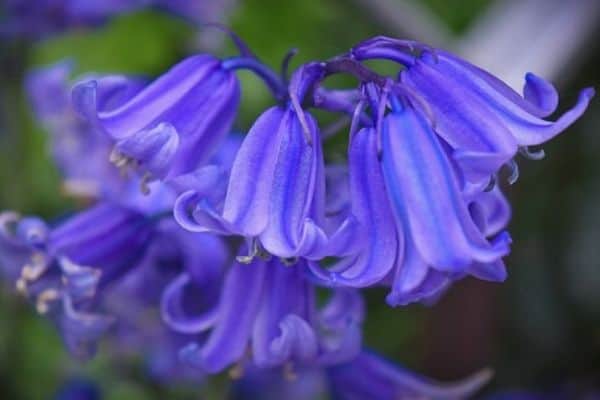
Watering
Bluebells are fairly low maintenance and only require watering during long dry periods in summer.
If you live in an area with cool summer temperatures and regular rainfall, you may not need to water your bluebells at all.
Cutting back Bluebells
It’s important to leave the foliage in place after the plants have finished flowering. The leaves gather sunlight, which strengthens the bulbs for the next year.
You can cut off the old flower spikes to prevent self-seeding and spreading or if you’d like more plants next year just leave them in place.
Pests and Diseases
Bluebells are rarely affected by diseases and they’re resistant to deer, squirrels and rabbits.
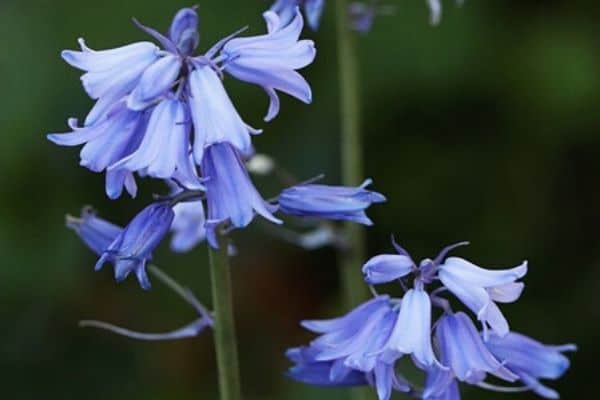
Questions about growing Bluebells
Here are some of the most common questions about Bluebell plant care. If you can’t find the answer here, add it in the comment section below.
Are Bluebells easy to care for?
With the right conditions, bluebells are very easy to care for.
They’re low maintenance flowers that will thrive for many years with minimal care.
Are Bluebells frost tolerant?
Once Bluebells are established they have a very good frost tolerance.
How long do Bluebells take to flower?
Bluebell bulbs can take a while to become established and it’s normal for them to take a couple of years to flower.
You’ll probably only get leaves in the first year of growth.
How tall do Bluebells grow?
Most Bluebell varieties grow to about 12 inches (30 cm) tall.
Can Bluebells tolerate full sun?
Bluebells grow best in cool, partially shaded spots so they’re not suited to a position in full sun.
Can Bluebells be used as cut flowers?
Yes, they make beautiful cut flowers on their own or as part of an arrangement.
The best time to cut the flowers is when half the bells are open.
So there are my tips for growing Bluebell flowers.
With the right location and minimal care, you can expect a sea of beautiful blue flowers for many years to come.
RELATED ARTICLES
- 7 Beautiful Bell Shaped Flowers
- 10 Best Flower Bulbs For Containers
- 10 Stunning Tall Perennials
- How To Grow Coral Bells In Pots
Have you tried growing Bluebells in your flower garden? Let me know in the comments below.
Are you on Pinterest? I have boards dedicated to Flower Gardening and Gardening Tips that you may enjoy. You can also find me on Facebook.

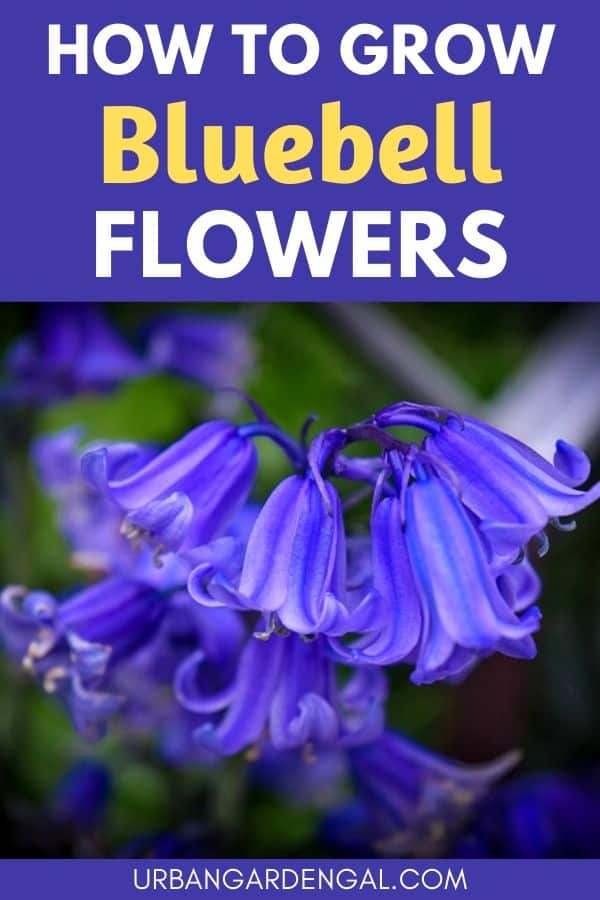
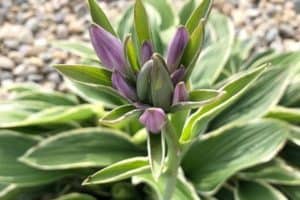
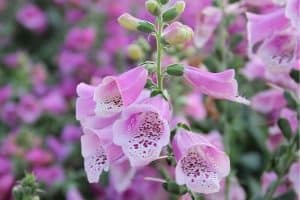
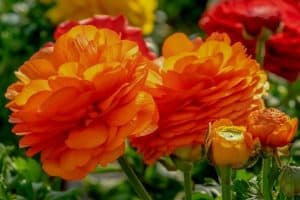

Bluebells are such beautiful flowers and I’d love to grow some in my flower garden next season. Thanks for this guide.